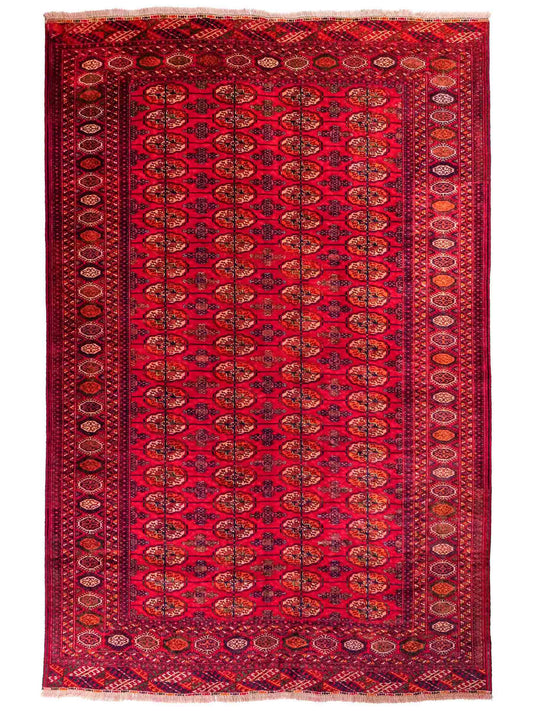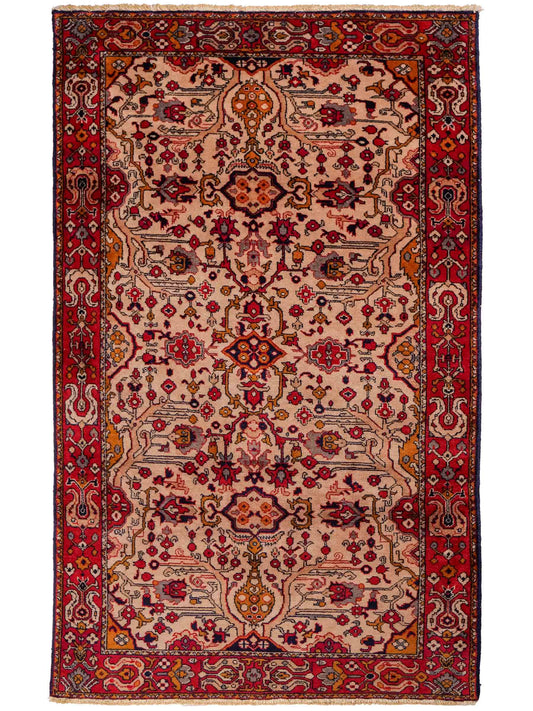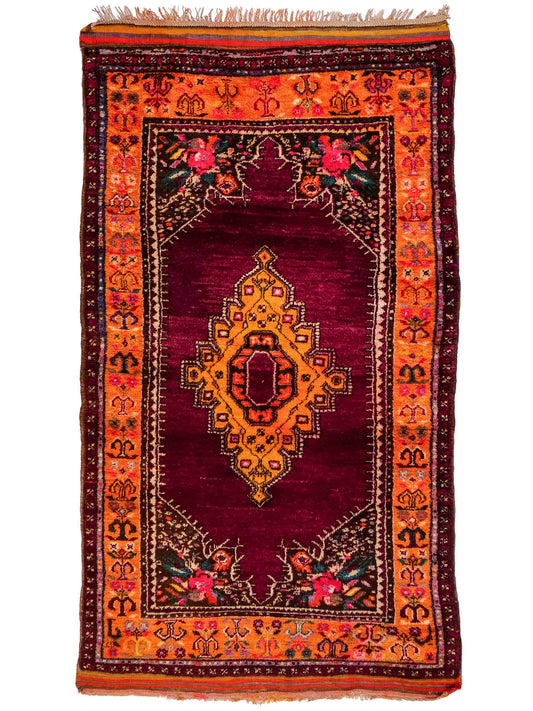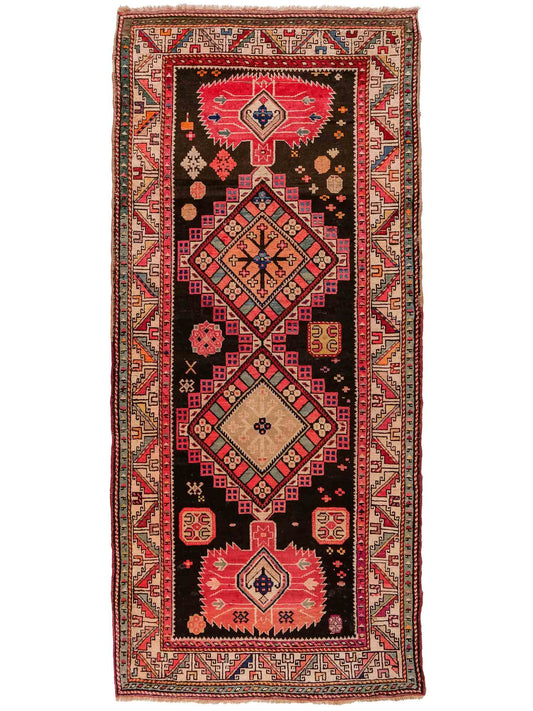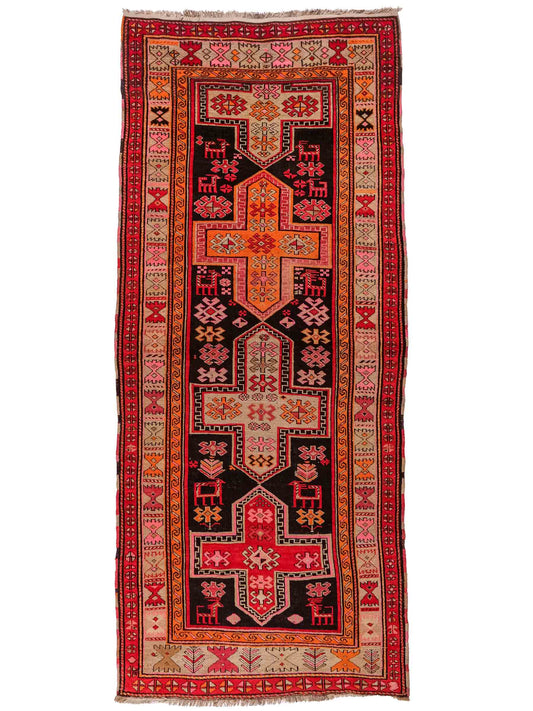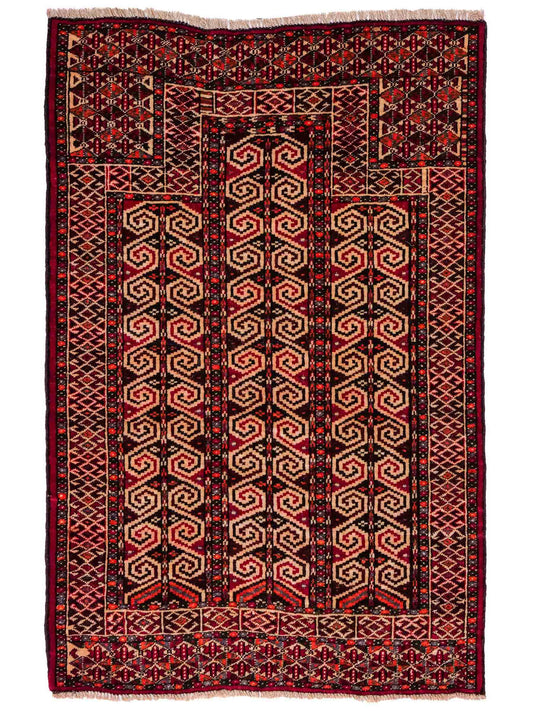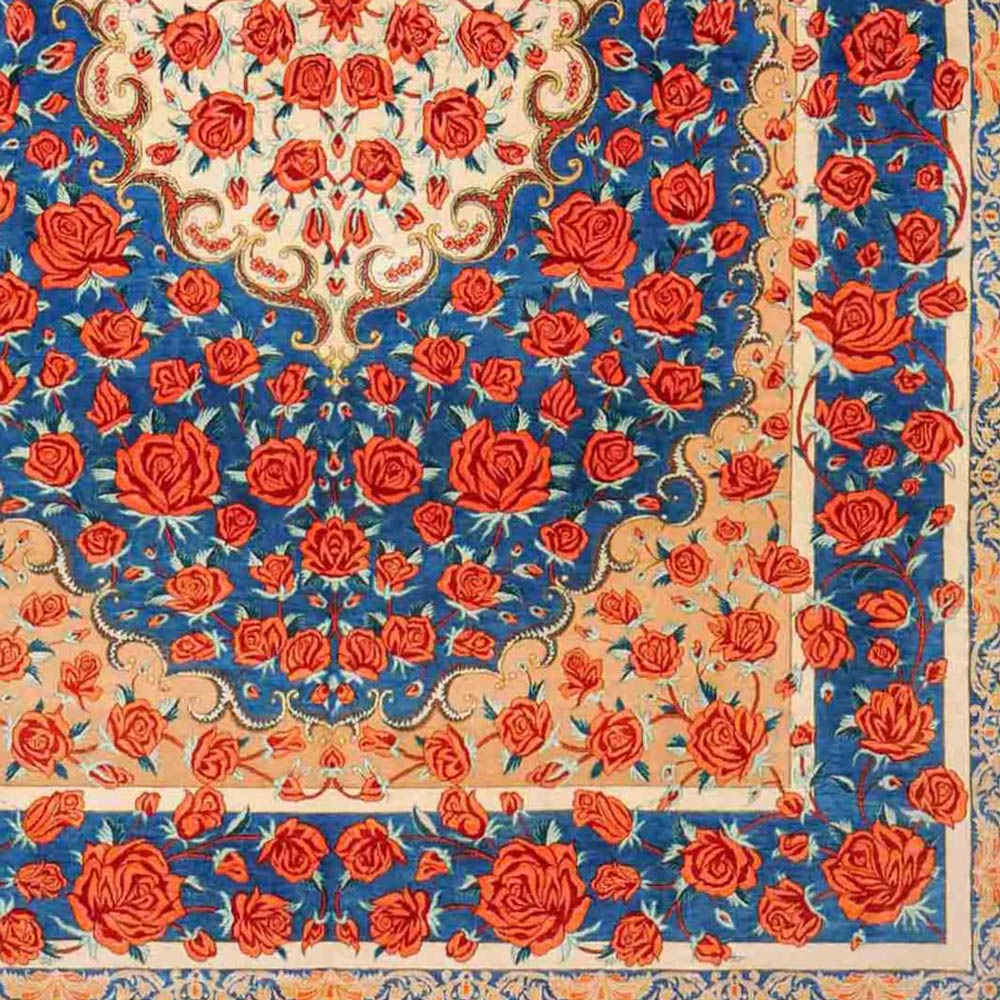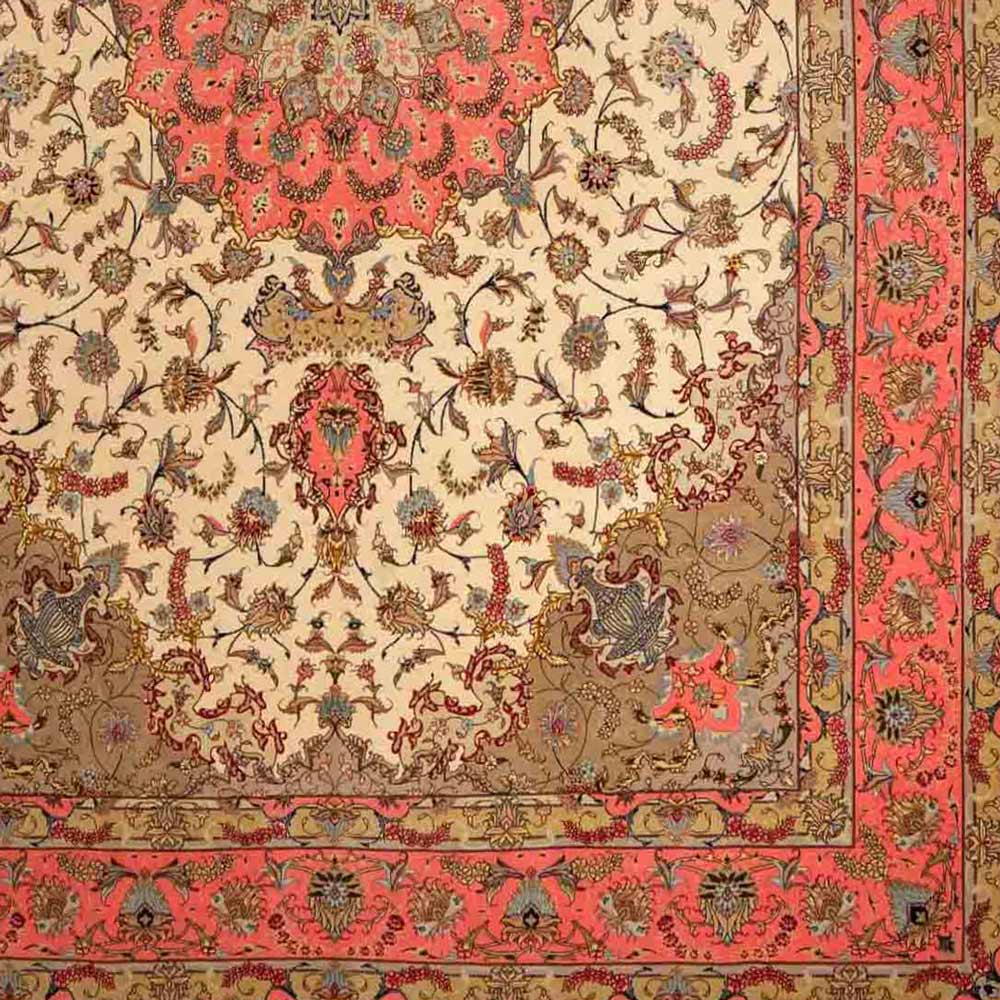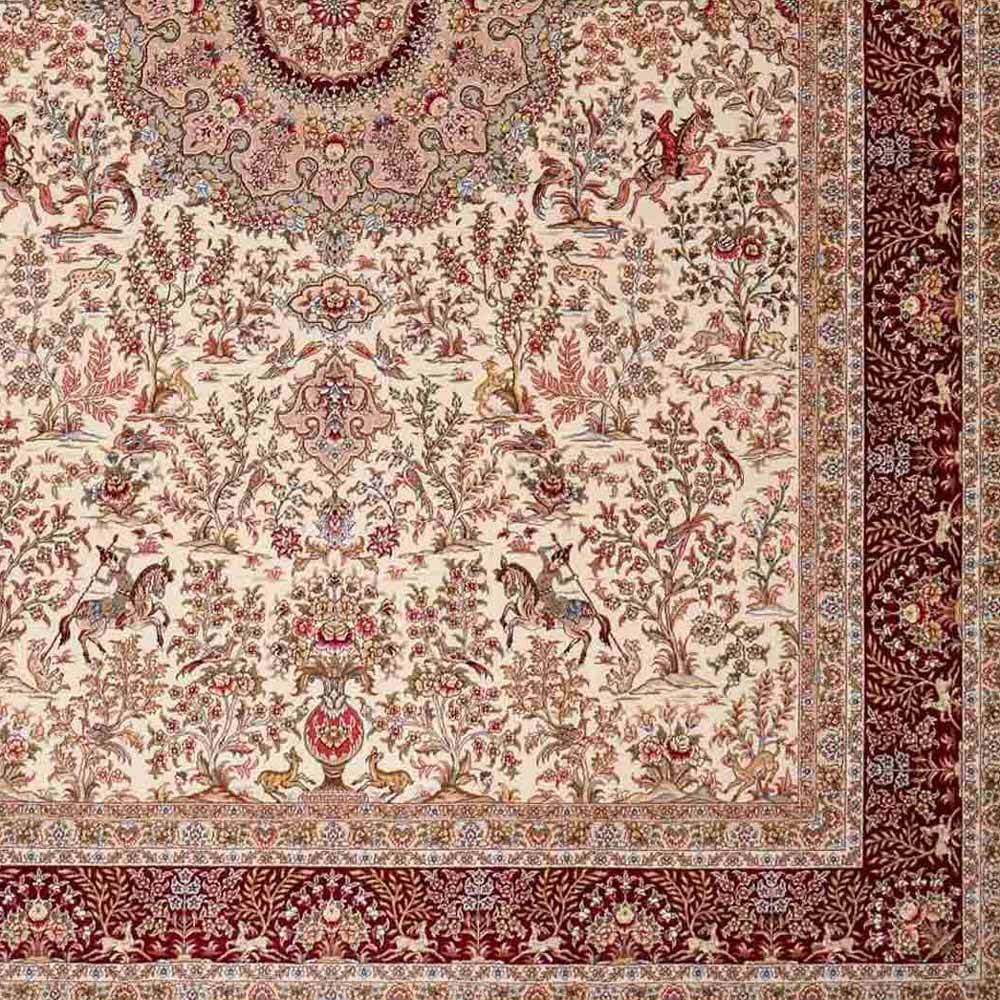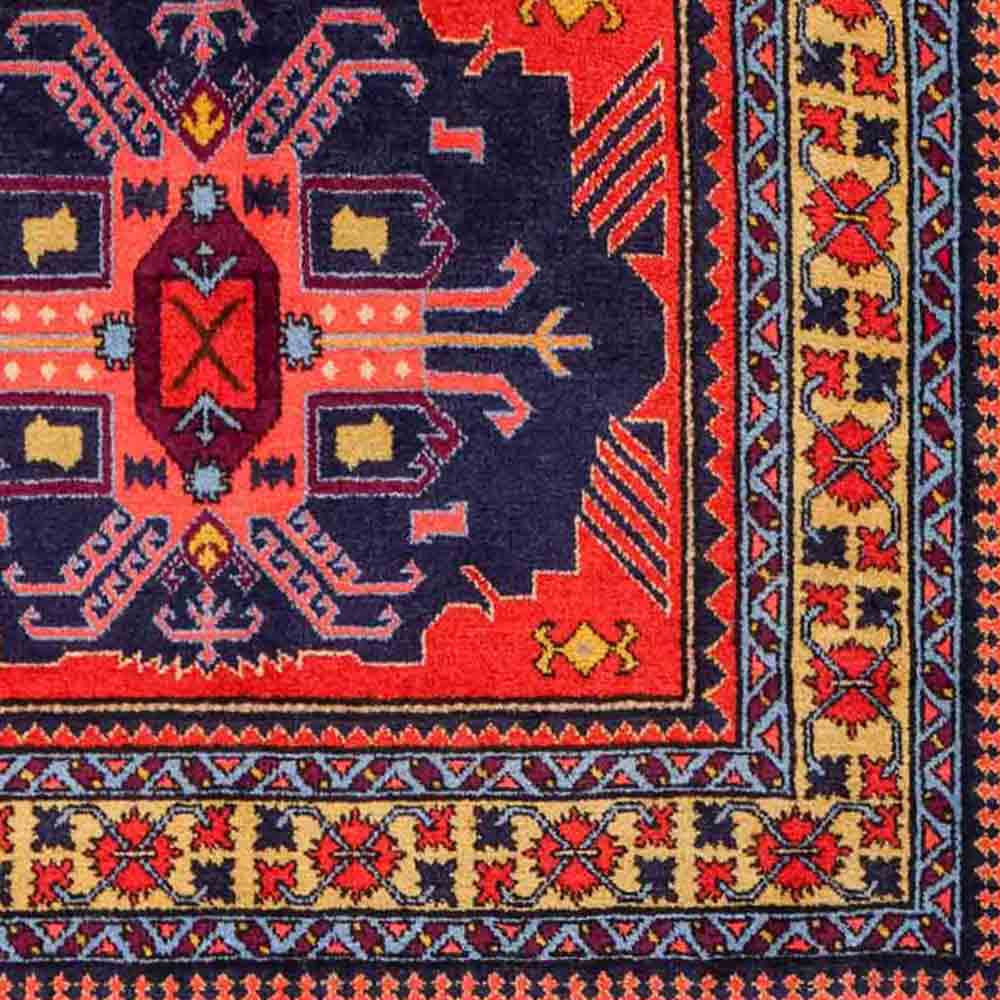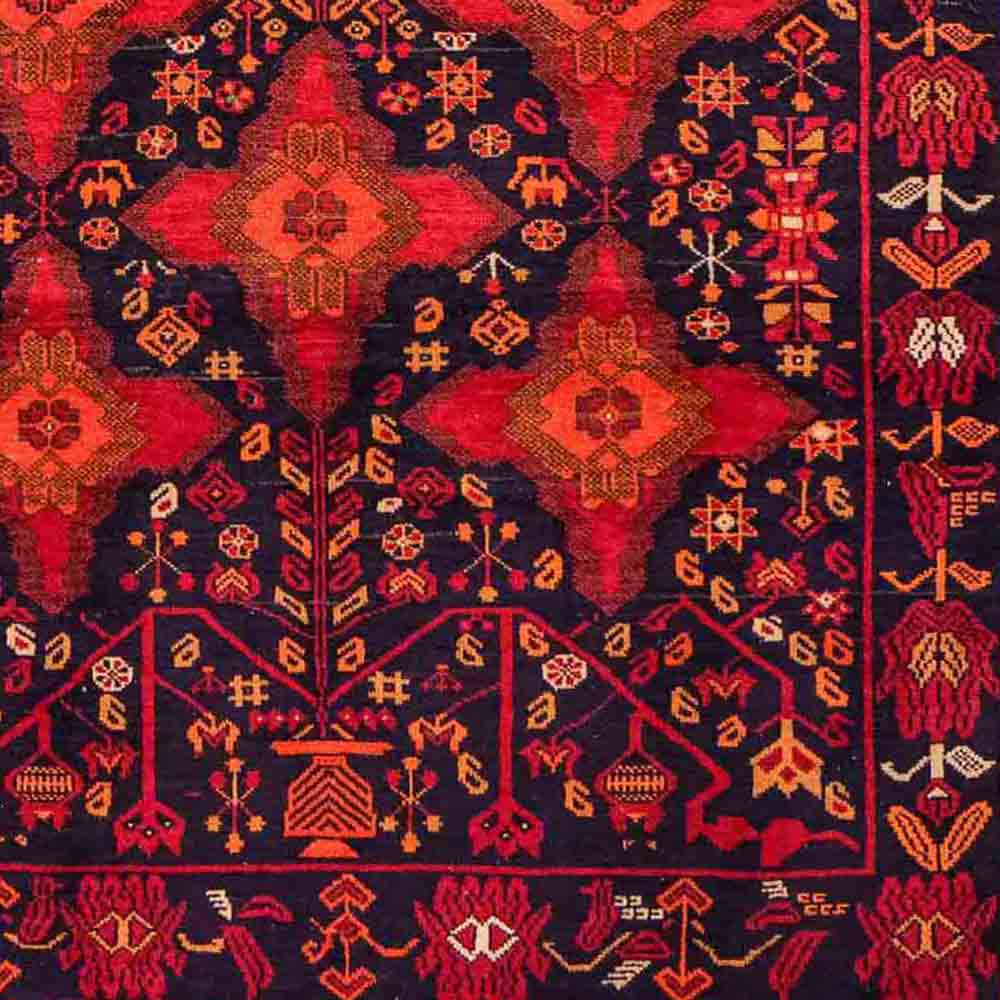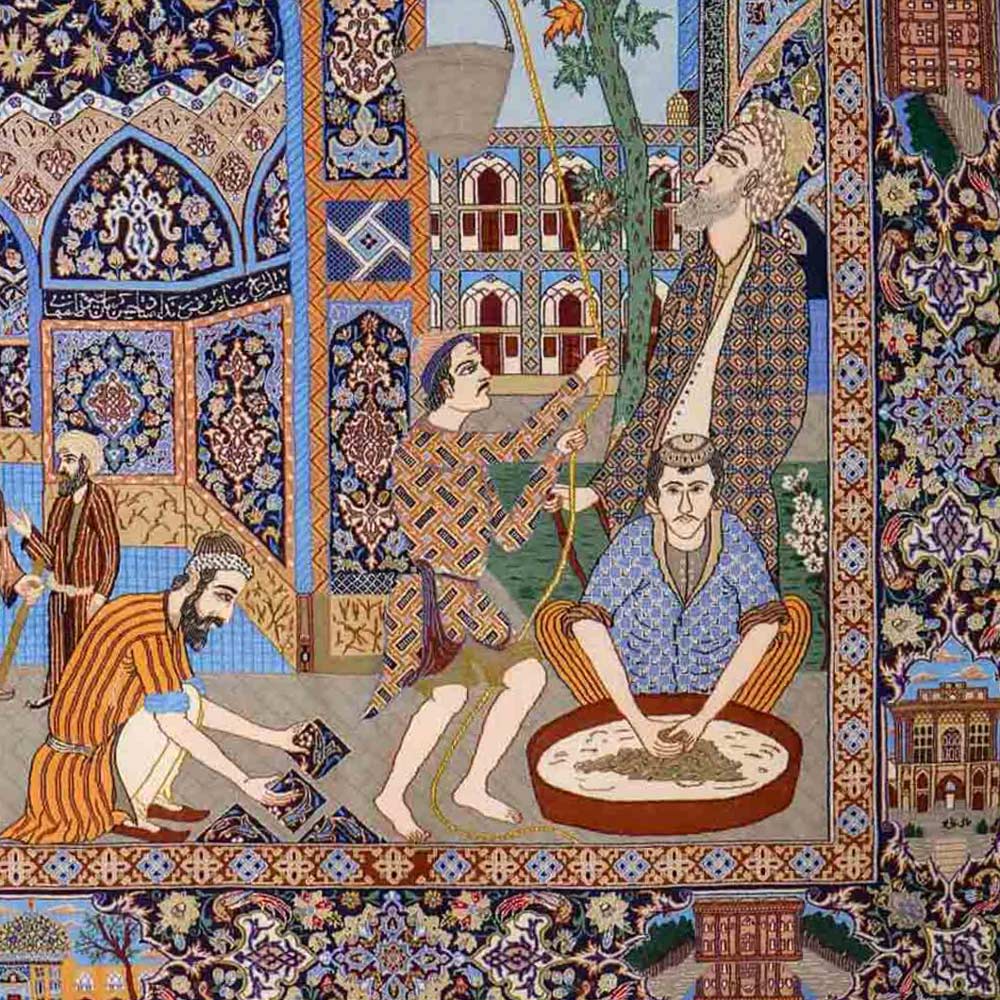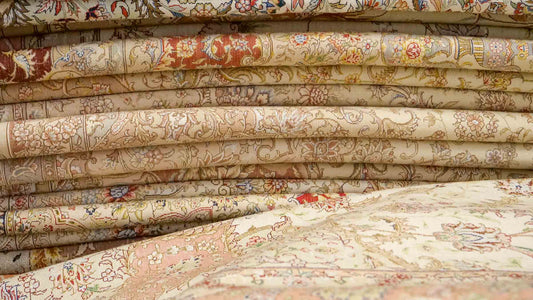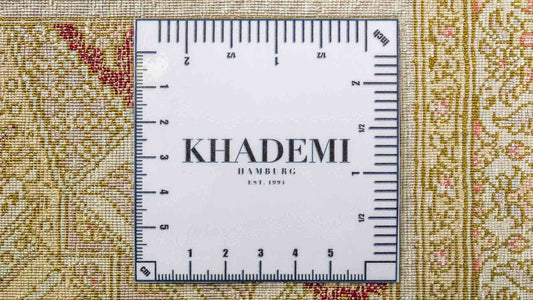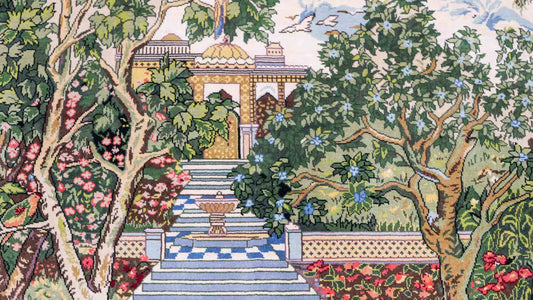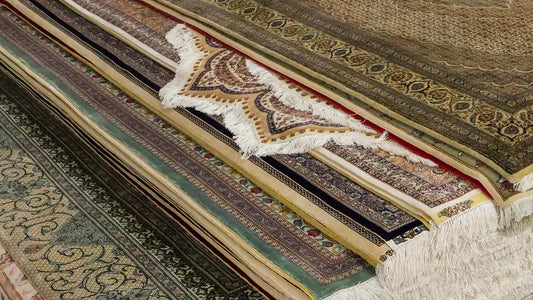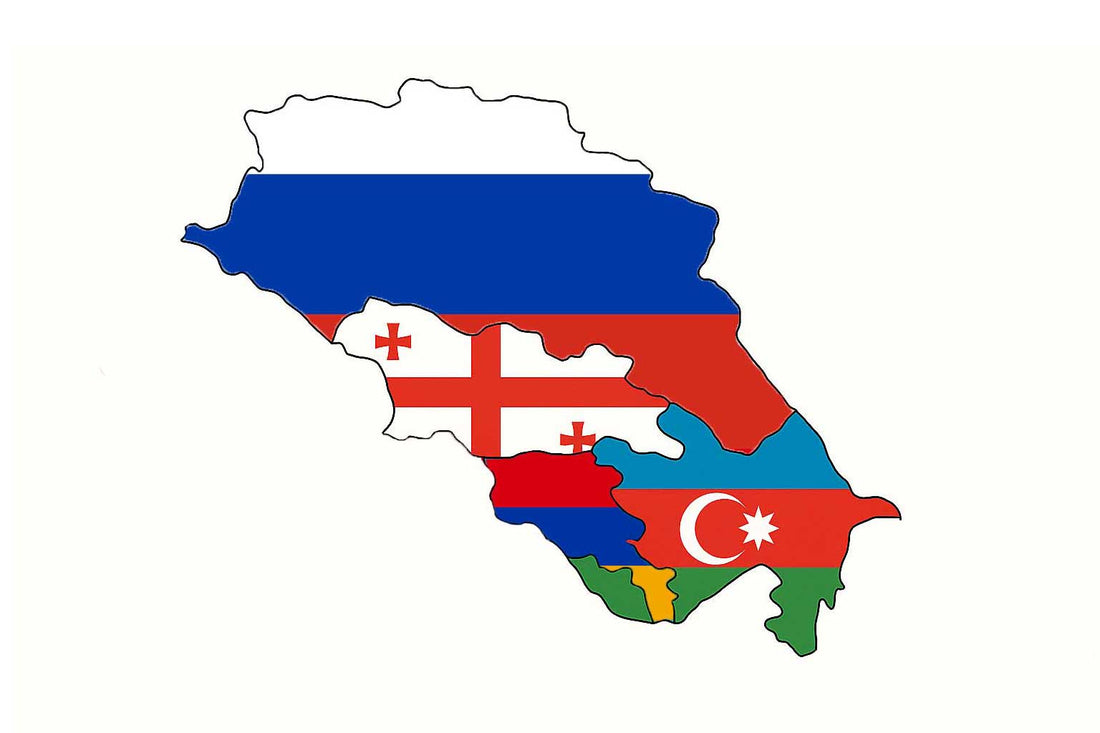
Caucasus: Threads Full of Memories
Daniel KhademiCaucasian rugs are far more than stunning floor coverings—they are vibrant reflections of the culture, history, and artistry of the unique Caucasus region. Discover how to identify authentic Caucasian rugs, learn what makes their traditions and weaving techniques so exceptional, and see how you can make a design statement with these one-of-a-kind pieces in your home.
Caucasian Rugs: Everything Important at a Glance
- Hand-knotted originals: Every rug tells a story and is rooted in regional traditions.
- Source regions: Dagestan, Kazak, Karabakh, Kuba, and Shirvan—each with distinct designs and weaving techniques.
- Materials: Usually high-quality, hand-spun wool dyed with natural colorants.
- Patterns: Bold geometric shapes, vibrant colors, and meaningful symbolic motifs.
- Knot density: 120,000–300,000 knots/m²—an indicator of exceptional quality.
- Significance: Coveted as collectibles, cultural treasures, investments, and striking visual highlights.
- Care: Highly durable with proper maintenance—see our Rug Care Guide for tips.
Discover Our Exclusive Caucasian Rugs – Explore the Full Collection Now!
The Origin and Diversity of the Caucasus
The Caucasus is a mountainous region bridging Europe and Asia, home to a remarkable array of ethnic groups and cultures. Spanning countries such as Georgia, Armenia, and Azerbaijan, as well as parts of Russia (notably Dagestan and Ossetia), the region’s geography has greatly influenced its rug-making traditions. The mountains provide not only a striking palette of natural colors but also an abundance of wool, essential for rug weaving. These lands are rich in unique flora, fauna, and age-old artistic customs—which are all reflected in the character of their rugs.
From Antiquity to the Present – History & Cultural Significance
The history of rug weaving in the Caucasus is as colorful and varied as the rugs themselves. This time-honored tradition reaches back to ancient times, deeply interwoven with local lifestyles and cultures. A pivotal moment came in the mid-1930s, when the style and quality of Caucasian rugs shifted significantly. Rugs made before this period are generally categorized into five main groups: Dagestan, Kazak, Karabakh, Kuba, and Shirvan. Their design language is impressively consistent, drawing heavy inspiration from Persian motifs.
Caucasian rugs are not only valued for their beauty—they are cherished as significant cultural heirlooms. Often presented as gifts during celebrations or weddings, they carry deep symbolic meaning within their communities.
Designs, Patterns & Colors of Caucasian Rugs
Caucasian rugs are renowned for bold, geometric patterns. Clean, angular shapes blend with lively, organic elements to create a harmonious effect. Stylized depictions of animals and plants are common, each carrying cultural or spiritual significance. Every pattern tells its own story, passed down from generation to generation.
Most striking is the color palette—many Caucasian rugs feature brilliant, vibrant tones derived from natural dyes. These colors are not only visually captivating; they give the rugs a timeless character that fits both classic and modern interiors.
Natural Rug Materials & Traditional Craftsmanship
Traditionally, Caucasian rugs are woven from premium, hand-spun wool accented with natural dyes, lending every rug its unique, lively hue. In recent times, industrially produced wool has become more common, but these do not match the craftsmanship of antique pieces. As a result, demand is rising for authentic, hand-knotted rugs that adhere to the rigorous standards set by old masters. The return to traditional materials and artisanal production is crucial for recapturing original quality and artistry.
The Art of Knotting & Knot Density in Caucasian Rugs
The art of rug making in the Caucasus is a testament to deeply rooted tradition. Weaving is often a collaborative process involving women of all ages, who share and pass down their specialized skills. Each region boasts its own weaving methods, shaping the final look and feel of every rug. Knot density typically ranges from 120,000–300,000 knots per square meter—vital for assessing a rug’s quality. Antique rugs often feature even higher knot counts, resulting in finer detail and long-lasting resilience.
Craftspeople bring their creativity to the process, infusing each piece with unique artistic touches and inventive techniques. The result: rugs treasured not just as utilitarian objects, but as true works of art.
Key Regions and Their Caucasian Rug Styles
The most important Caucasian rug-producing regions are Dagestan, Kazak, Karabakh, Kuba, and Shirvan—each boasting its own signature designs and weaving techniques. Rugs from Dagestan often feature intricate geometric patterns, while Kazak rugs are known for their bolder contrasts and daring color combinations. Karabakh rugs stand out with their rich color palettes and detailed motifs, whereas Kuba rugs are especially prized for their warmth and vibrant character. Shirvan rugs, meanwhile, unite the finest qualities of the other regions and impress with a sense of timeless elegance.
| Region | Signature Features |
Colors & Designs | Highlights |
| Dagestan | Geometric, intricate | Earth tones, red, blue | Delicate patterns, high quality |
| Kazak | Bold, large-scale | Striking contrasts | Powerful symbolism |
| Karabakh | Detailed, playful | Violet, pink, red | Elaborate borders |
| Kuba | Lively, crisp | Blue, white, multicolor | Modern flair |
| Shirvan | Elegant, refined | Harmonious, pastels | Blends all influences |
Care & Value Retention of Caucasian Rugs
Hand-knotted rugs from the Caucasus are extremely durable when properly maintained—and remain enduringly popular as investments.
Care Tips:
- Avoid direct sunlight
- Use mild cleaning products only
- Rotate your rug regularly
For more detailed advice, visit our blog post: *How to Care for Hand-knotted Rugs*.
If you are interested in purchasing an antique rug, we recommend requesting an expert appraisal and reading our article: *Are Hand-Knotted Rugs a Good Investment?*
Checklist: How to Identify a Genuine, High-Quality Caucasian Rug
- Fine, hand-knotted craftsmanship
- Rich, natural colors
- Dense, consistent knotting
- Distinctive regional patterns
- Authentication or certification (if possible)
FAQ – Frequently Asked Questions About Caucasian Rugs
What makes Caucasian rugs unique?
► They blend hand-knotted quality, brilliant natural colors, geometric designs, and rich regional tradition.
Are antique Caucasian rugs valuable?
► Yes. Pieces with high knot density and traditional materials are especially prized by collectors and retain their value.
How should I care for a Caucasian rug?
► Rotate the rug regularly, avoid direct sunlight, and clean gently—see our Rug Care Guide for full details.
How can I identify the origin of my rug?
► Look for signature regional patterns; if in doubt, an expert appraisal can confirm the origin.
Where can I find authentic, hand-knotted Caucasian rugs?
► From reputable dealers and specialist online shops—take a look at our curated Caucasian Rugs category.
Conclusion
Rug making in the Caucasus is a fascinating blend of tradition, art, and cultural heritage. Fusing history, regional expression, and masterful craftsmanship, Caucasian rugs stand out as one-of-a-kind treasures—far more than decorative objects. While contemporary rugs are growing in popularity, the value of antique pieces remains unrivaled. Every rug tells its own story, brought to life by the artistry of its weavers and the traditions of their ancestors. Whether as a statement piece at home or as part of a collection—Caucasian rugs bring the soul and spirit of the Caucasus into your living space.
Want to learn more? Discover our related blog articles → Design Classics, Countries of Origin, Carpet Materials, Carpet Guide

